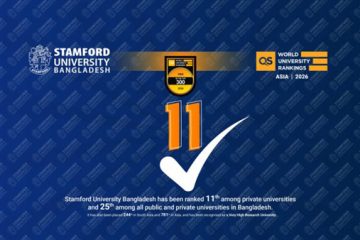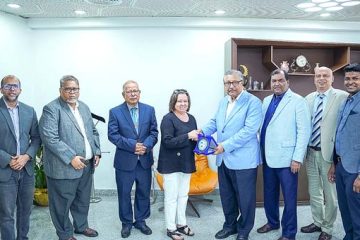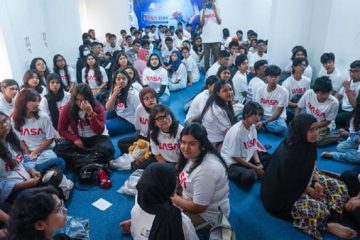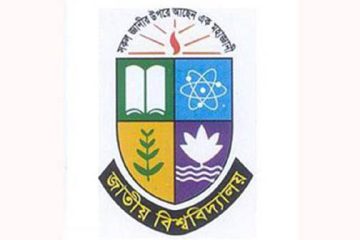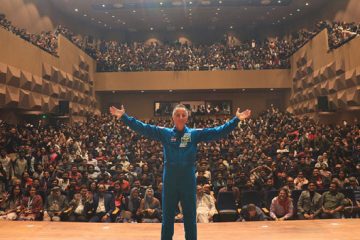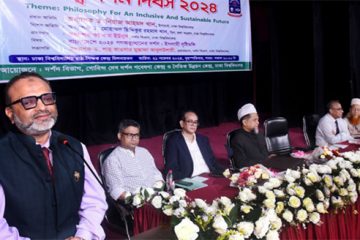The 45th anniversary of embracing martyrdom by Asaduzzaman in the 1969 mass upsurge against the Ayub regime will be observed today.
Asad’s supreme sacrifice ignited the struggle of Bengalis for self-rule which eventually led the nation to the war of independence. On January 20, 1969, Asaduzzaman was killed in police firing in front of Dhaka Medical College Hospital while leading a procession.
Asad, then a student of history at Dhaka University, was also the DU unit president and Dhaka city unit general secretary of the East Pakistan Chhatra Union (Menon).
He was killed by the then Pakistan police at the height of the mass movement that hastened the fall of the military ruler, Ayub Khan, after over a decade of his iron rule.
Continuing that movement, the nation achieved the independence in 1971 following the nine-month war of independence.
Various political and socio-cultural organisations have chalked out elaborate programmes to observe the day.
The president, M Abdul Hamid, and the prime minister, Sheikh Hasina, issued separate messages paying tribute to the memory of Shaheed Asad.
They prayed for peace of the departed soul of Shaheed Asad.
Abdul Hamid said that the sacrifice of martyr Asad did not go in vain. After Asad’s killing, the movement turned into a mass upsurge and Bangladesh emerged as an independent country through the great war of independence, he said.
Sheikh Hasina said that Asad was killed in police firing on January 20, 1969, at the beginning of the mass upsurge. ‘When people of Bangladesh were perplexed due to discriminatory behaviour and repression of Pakistani rulers, the historic six-point demand of Bangabandhu emerged as a beacon of emancipation of the Bangalee Nation,’ she said.
‘The then military ruler Ayub Khan implicated Bangabandhu in a “sedition” case known as “Agartala Conspiracy Case” being afraid of his popularity, added Sheikh Hasina.
She said that when the people of Bangladesh protested against the case, the police killed Asaduzzaman at a protest rally in front of Dhaka Medical College Hospital on January 20, 1969.
Courtesy of New Age

